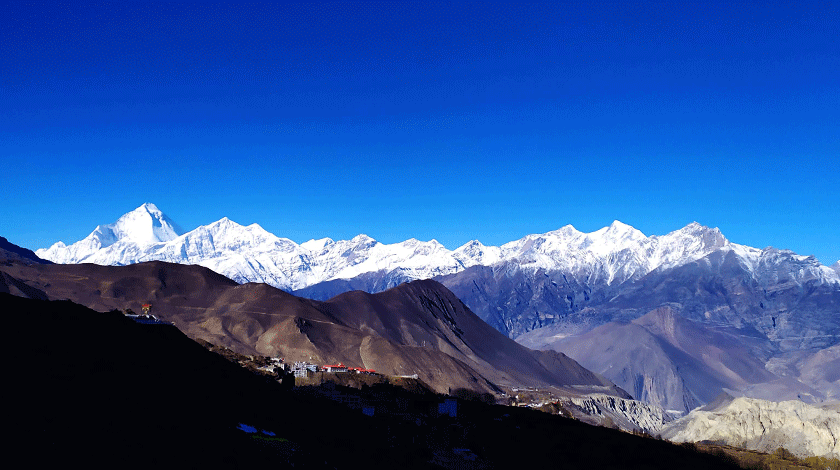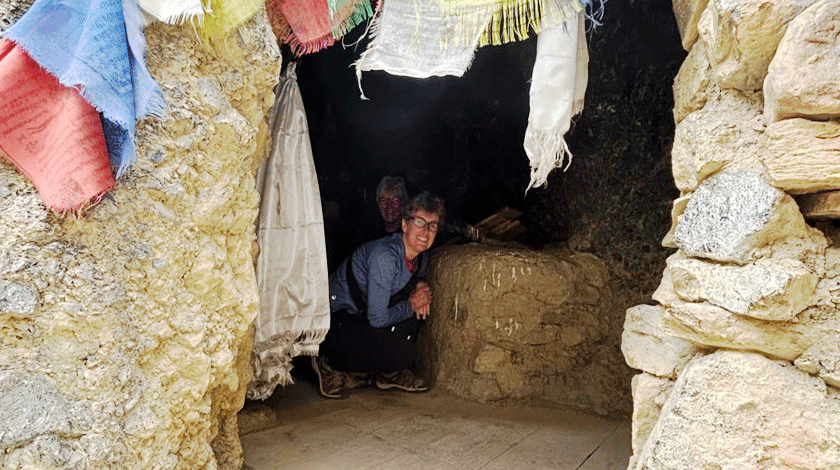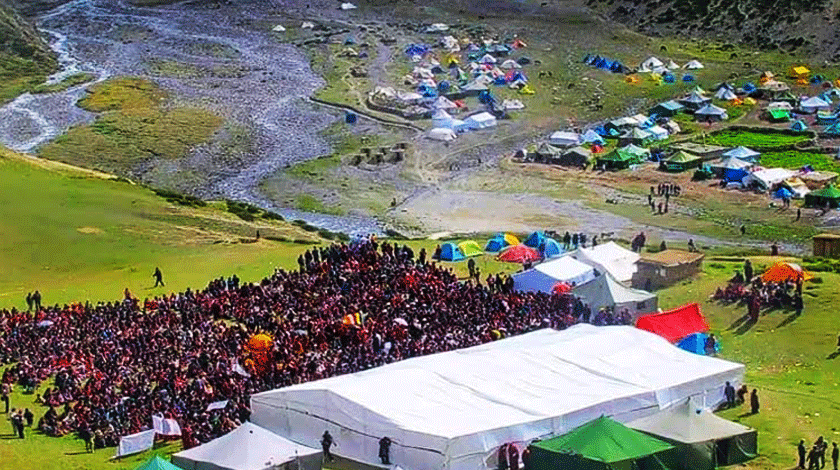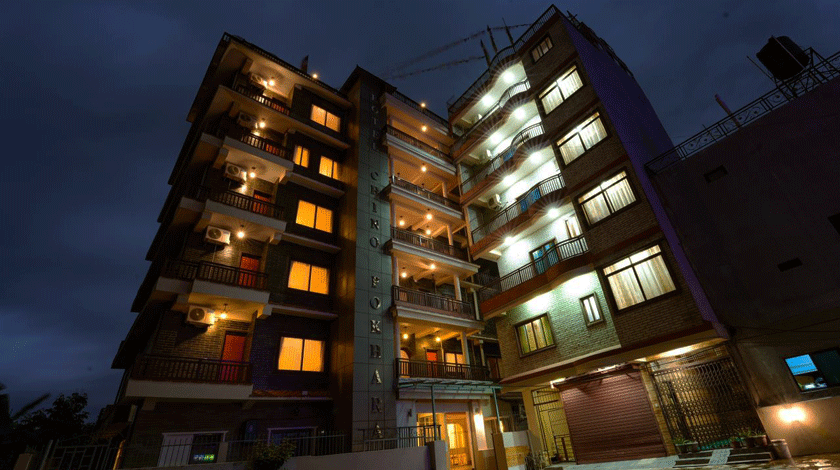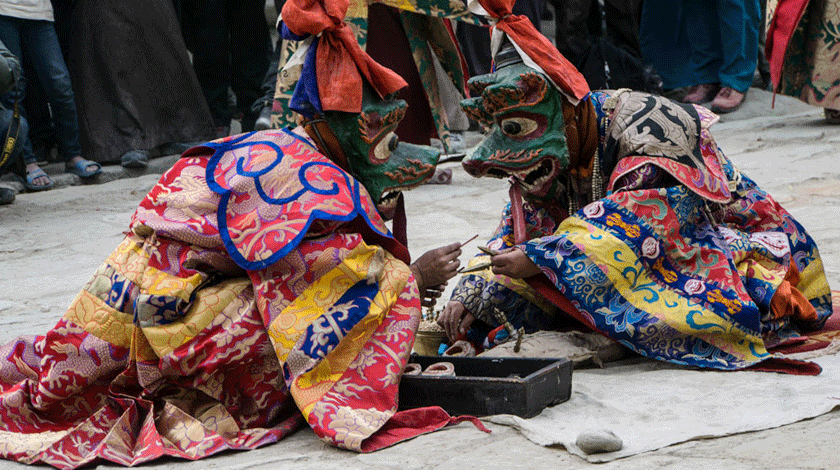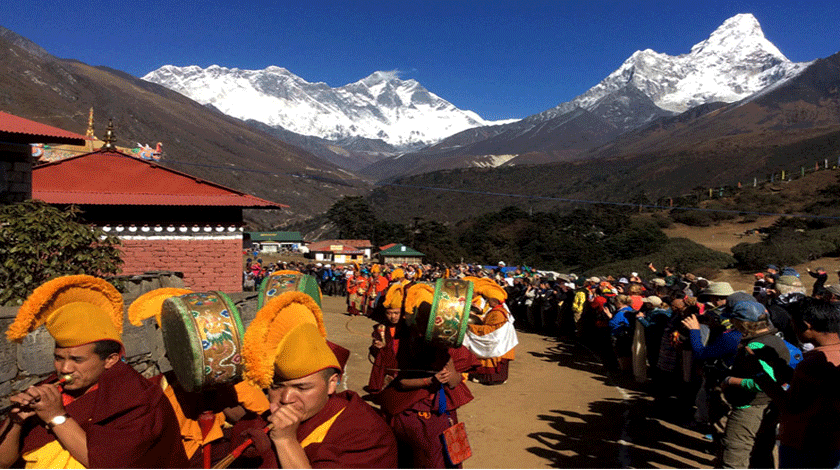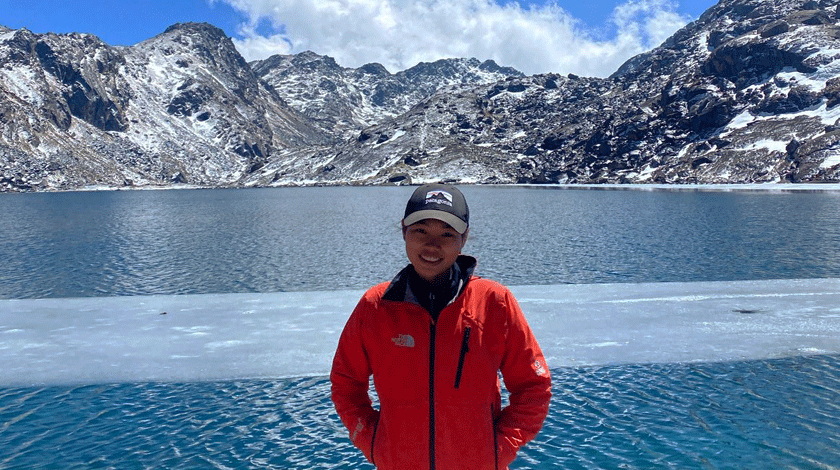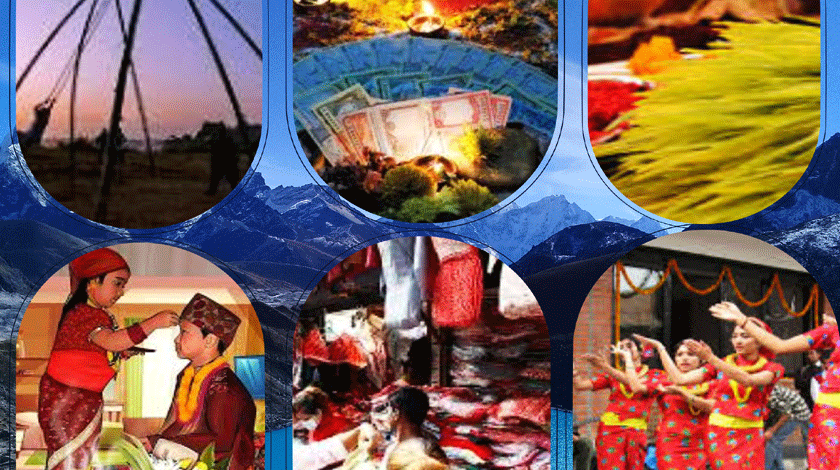Dingboche
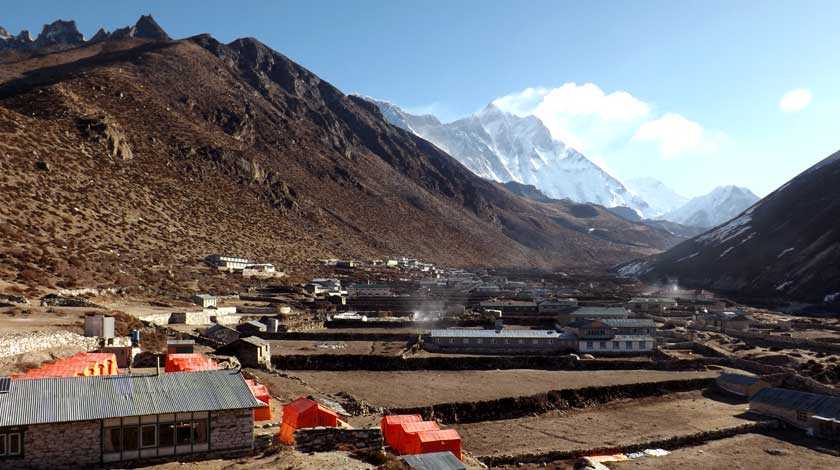
Dingboche is the last sherpa village of the Khumbu Region
Rest and Acclimatize in Dingboche During the Everest Base Camp Trek Dingboche stands as the ultimate Sherpa village of the Everest region, one of the most popular trekking destinations where Sir Edmund Hillary and Tenzing Norgay Sherpa set foot on the summit of Mount Everest. At an altitude of 4,410 meters above sea level, Dingboche is one of the most charming Sherpa villages in the Khumbu region of northeast Nepal. It is a prime location for trekkers and climbers to rest and acclimatize.
Exploring Dingboche: A Himalayan Haven
Situated in the serene and picturesque Imja Valley, Dingboche offers stunning views of some of the most iconic Himalayan peaks. The village is surrounded by towering mountains such as Ama Dablam, Lhotse, and Island Peak, providing an awe-inspiring backdrop for trekkers. The unique blend of natural beauty, cultural richness, and essential facilities makes Dingboche an unmissable stop on the Everest Base Camp trek.
Location and Comparison with Pheriche
Pheriche and Dingboche are often compared due to their proximity and similar altitudes, but each village has its own unique charm. Pheriche is slightly more exposed to the elements, whereas Dingboche, nestled in the Imja Valley, offers more shelter and a cozier atmosphere. The landscape around Dingboche is dotted with stone-walled fields, and the village itself is more spread out, providing a sense of openness and space. This makes Dingboche an ideal place to spend a few days acclimatizing and soaking in the natural beauty.
Acclimatization Hikes and Activities
For acclimatization, you can hike to the top of Nangkartshang Peak, which has an elevation of 5,083 meters. The hike takes approximately 2-3 hours, offering stunning views of Mt. Tawache, Ama Dablam, Island Peak, Lhotse, Everest, and Pumori from the top. Another option is visiting Chhukung Ri (5,546 meters), a popular trekking peak in the Khumbu Valley, providing views of Nuptse and other surrounding peaks.
The Nangkartshang Peak hike is particularly beneficial for acclimatization as it helps your body adjust to the high altitude while offering breathtaking views of the surrounding peaks. The well-marked trail gradually ascends, allowing trekkers to pace themselves and enjoy the journey. Upon reaching the summit, you will find panoramic views that justify the effort.
Chhukung Ri, on the other hand, is a more challenging hike but equally rewarding. This trek takes you deeper into the Imja Valley, closer to the majestic Lhotse and Island Peak. The climb to Chhukung Ri is steep, but the 360-degree views from the top, including Everest, Lhotse, and Makalu, are unparalleled. These acclimatization hikes are not only vital for adjusting to the altitude but also offer an opportunity to explore the less-trodden paths of the Khumbu region.
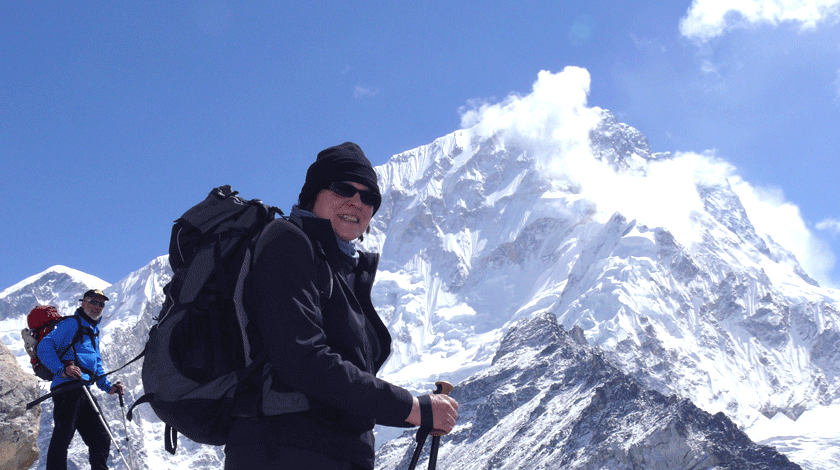
Facilities and Amenities in Dingboche
Dingboche, with the postcode 56 002 and area code 338, offers a library and an internet café using a satellite link. There is no road access to Dingboche, so all transportation is done by yaks and porters. The climate is cool year-round, with rainy summers and dry, cold winters.
Trekkers can rent climbing gear at Hotel Good Luck, which stocks essentials like ice axes, harnesses, carabiners, climbing boots, and more. Dingboche has 26 hotels, with Hotel Good Luck being the cleanest and most recommended. The friendly owner, Mr. Kul Tamang, is very informative and can be reached at +977-9842868444 for reservations.
Dingboche Village Lockdown: A Time of Rest and Reflection
Dingboche, a village dependent on tourism, undergoes a unique transformation from mid-July to early September. During this time, all activities halt, and the village becomes “locked.” No construction, farming, or livestock work is allowed, and even cooking fires are prohibited. This period, rooted in ancient customs and spiritual beliefs, is seen as a time for rest and reflection. The villagers honor the natural cycles and spiritual balance by refraining from disturbing the earth. This tradition strengthens community bonds and preserves cultural integrity, offering visitors a rare glimpse into a peaceful, unhurried way of life.
Dingboche’s amenities cater well to the needs of trekkers. The presence of internet cafés and libraries provides a touch of connectivity and comfort in this remote location. Despite the high altitude and challenging terrain, Dingboche manages to offer a range of services that make the stay comfortable. The village has several bakeries where trekkers can enjoy fresh pastries and hot coffee, a welcome treat after a day of trekking.
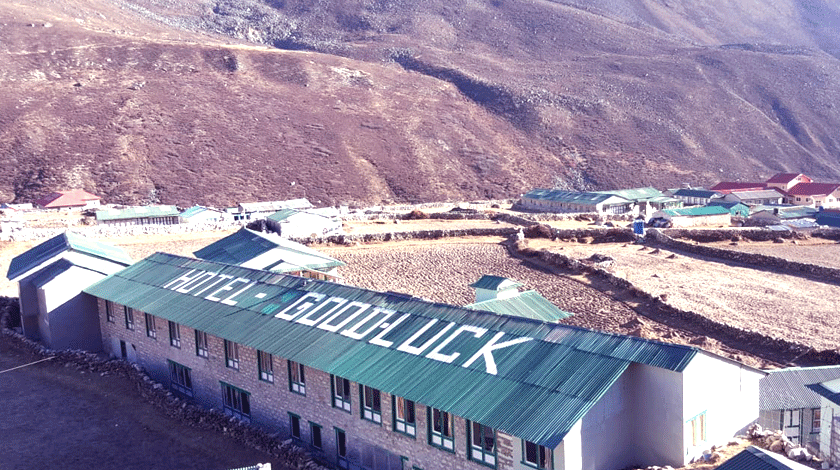
Trekking from Dingboche to Everest Base Camp
Reaching Everest Base Camp from Dingboche requires one night and two days. The route involves traveling from Dingboche to Lobuche, then from Lobuche to Everest Base Camp, with an overnight stay at Gorakshep.
The journey from Dingboche to Lobuche is an essential part of the Everest Base Camp trek. This segment of the trek takes you through the Khumbu Glacier, offering stunning views of the surrounding peaks and glaciers. The path is well-trodden but challenging, with a gradual ascent that tests your endurance and stamina. Lobuche itself is a small settlement that serves as a crucial acclimatization stop before the final push to Everest Base Camp.
From Lobuche, the trek continues to Gorakshep, the last stop before Everest Base Camp. Gorakshep is a sparse settlement, but it offers basic accommodation and food services for trekkers. From here, you will trek to Everest Base Camp, a journey that is both physically demanding and emotionally fulfilling. The sense of accomplishment upon reaching Everest Base Camp, surrounded by the world’s highest peaks, is indescribable.
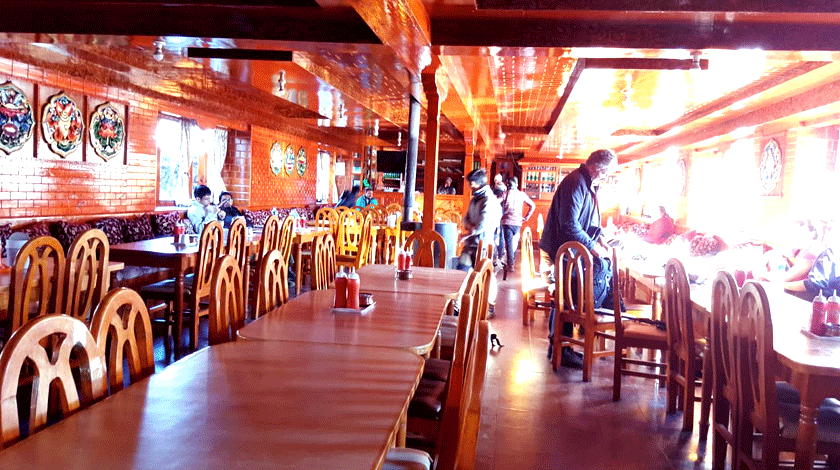
Every year, tour leader Mr. Thomas Boehm leads a group on the 12 Peaks Trek. The peaks included in this trek are:
- Sundar Peak (5,360 meters)
- Awi Peak (5,245 meters)
- Lungden Peak (5,100 meters)
- Renjo La Peak (5,340 meters)
- Gokyo Ri (5,483 meters)
- Ngozumpa Tse (5,553 meters)
- Pokalde/Dolma Ri (5,806 meters)
- Nagartsang Peak (5,083 meters)
- Chukhung Ri (5,546 meters)
- Island Peak (6,189 meters)
- Kala Pattar (5,543 meters)
- Lobuche East (6,119 meters)
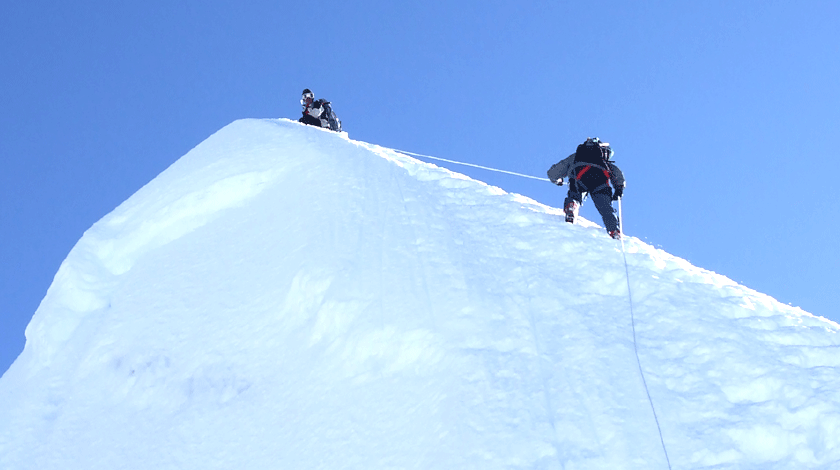
The 12 Peaks Trek: An Epic Adventure in the Khumbu Region
The 12 Peaks Trek is a comprehensive and challenging adventure that takes trekkers to some of the most iconic and lesser-known peaks in the Khumbu region, including a three-pass trek. Led by the experienced Mr. Thomas Boehm, this trek offers a unique opportunity to explore multiple peaks, each with its distinct characteristics and challenges. Consequently, this trek not only tests your physical limits but also offers unparalleled views and experiences that are unique to the Khumbu region.
To begin with, the trek starts with Sundar Peak, a relatively moderate climb that serves as a warm-up for the more challenging peaks ahead. As you progress, each peak offers different terrains and views, from the serene Awi Peak to the majestic Renjo La Peak, known for its stunning panoramic views of the Everest region.
In addition, Gokyo Ri and Ngozumpa Tse offer breathtaking views of the Gokyo Lakes and the surrounding glaciers, while Pokalde and Nagartsang Peak present more technical challenges. Furthermore, Chukhung Ri and Island Peak are highlights of the trek, offering climbers a chance to summit significant heights with stunning views of Everest, Lhotse, and Makalu.
Finally, Kala Pattar and Lobuche East, the final peaks of the trek, provide a fitting climax to the adventure, offering unmatched views of Everest. This trek is not just about climbing peaks; it’s about experiencing the diverse landscapes, cultures, and natural beauty of the Khumbu region. Under the leadership of Mr. Thomas Boehm, the 12 Peaks Trek is an unforgettable journey that leaves trekkers with lasting memories and a profound sense of accomplishment.


